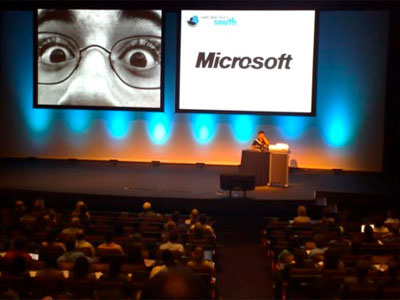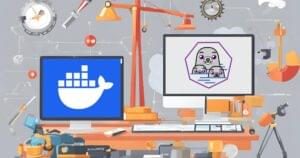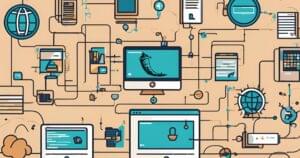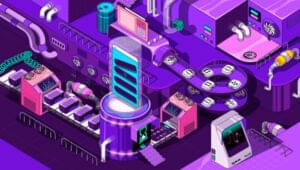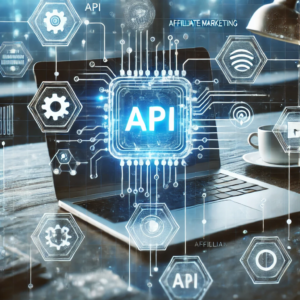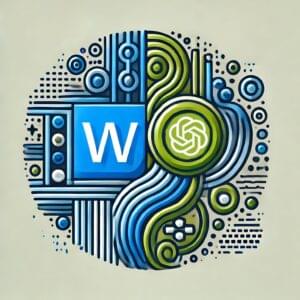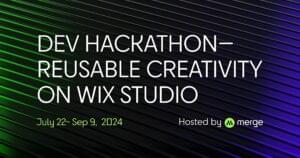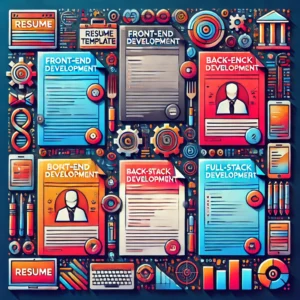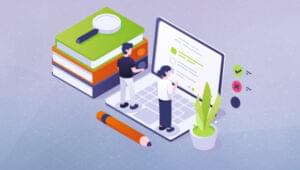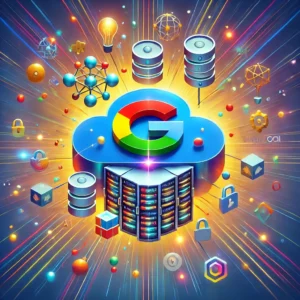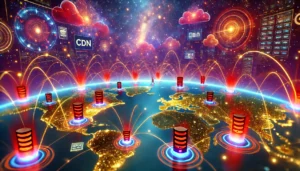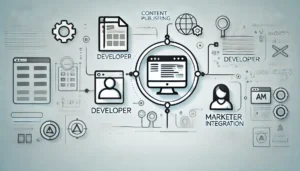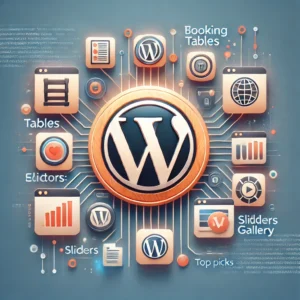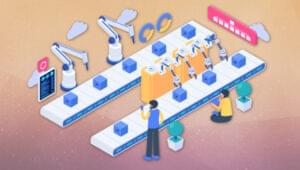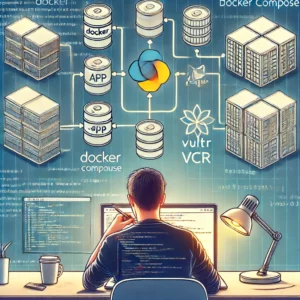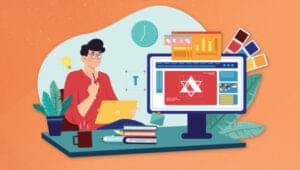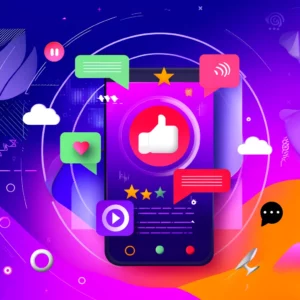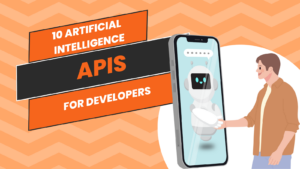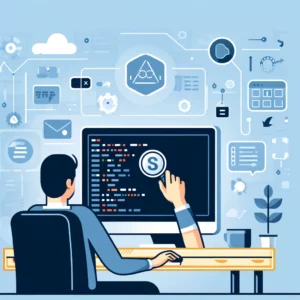Computer interface fatigue — using the computer for so long that you begin to lose purpose. You are just functioning, clicking buttons, moving/removing content. But getting nothing “real” done. I experienced this big time the other night. I couldn’t think straight and there was no creative energy at all (of course it could be the fact that it was 2 in the morning… nah).
Then I closed the screen, put the laptop down and went to brush my teeth. Bam, where is a pen and paper? All of a sudden I had the words that had eluded me for the past 5 hours. Pen to paper, 5 minutes, done.
I stopped using the computer, at least for a bit. Picked up a bloody pen for once. Found some “real” paper and wrote. Wow, all of a sudden I can think again, I can write again, my block is gone. I am actually doing something, not just functioning, not just clicking — doing.
A clean slate
Imagine if all the interface rubbish was gone, imagine that you interacted as you do in life, with things, things that meant something to you. The creative juices would really start to flow.
Simplify
Okay, remove the computer from the computer and we are starting to get somewhere. The keyboard is awful, mice are terrible. Real touch is nice, touch is personal, touch is interactive, objects are tactile, we can use them and be creative with them.
How can we move beyond these constraints? How can we really be allowed to be free from the burden of sore wrists and endless button pressing and clicking. A new way of interacting is essential. Apple has opened up the floodgates with the iPhone — thank you Steve. We are now moving to the next level.
What lies beneath
There is some amazing things being done with Surface. Experience architect August de los Reyes is a core thinker in that group. A few weeks ago he gave a wonderful keynote address at Web Directions South – “Predicting the Past: Emotional Design and a Vision for Microsoft Surface”.
Here are some brief notes from his talk regarding their 8 principles of NUI – Natural User Interface design:
- Joy of Doing
- Play does not have to equal the opposite of work
- Pleasure comes from interaction over the actual accomplishment
- WYDIWYG –
- What you do is what you get
- Display just enough to understand the next level of complexity
- Like scaffolding — build the platform to the next level
- Video games, first level is really easy
- Contextual Environments
- Find clues in environment so we can find our way around, even if we have never seen it before
- Principle of Super Real
- Leverage existing environments and physical world; but still have license for artistic expression
- Social
- experiences are about putting people in touch with eachother, as current technology draws us apart
- Seamless
- Where does the physical begin and end; when does digital take over?
- Spatial
- Use depth and perceptual cues to aid navigation
Super Principles or Pillars, what sets Surface apart
Transitioning to a Web of things
This is where I see the magic happening. Currently we are stuck with a Web of documents, content soup. The transition to a Web of things is happening. Structured data is self describing, it “knows” that it is talking about a car, or a job listing, or a photo of my son.
Natural User Interfaces are all about real objects. We can forget about the limits of current browsers and interface issues. I can grab the photo of my son, place it in an album, draw a circle around the car with my finger and save it to my notes.
All of a sudden I can tell the story about my son’s birthday party with richer words and more meaningful connections.
The near future
The iPhone has truly revolutionised how we interact with computers. It just works and makes sense to a larger group of people — especially people who are not computer geeks. I have a Nokia N95 and it is great, but I do get iPhone-envy every time I see someone rotate, tap and slide around on one… I have also heard that Apple has filed some patents on multi-touch for its computer line-up. If this pans out it will be great, the ease-of-use of OS X and mutli-touch combined.
Another interesting development is the Windows 7 will be multi-touch enabled. I know this might be old news, but I just learned this when I did a search for “surface” on Twine.
Here is a video on youtube (I can’t embed directly!) that shows someone interacting with Windows 7 multi-touch.
I created a twine to follow this trend towards better interaction. If you are interested, create an account on Twine (they are now open for business) and join up and add content! Cheers.
